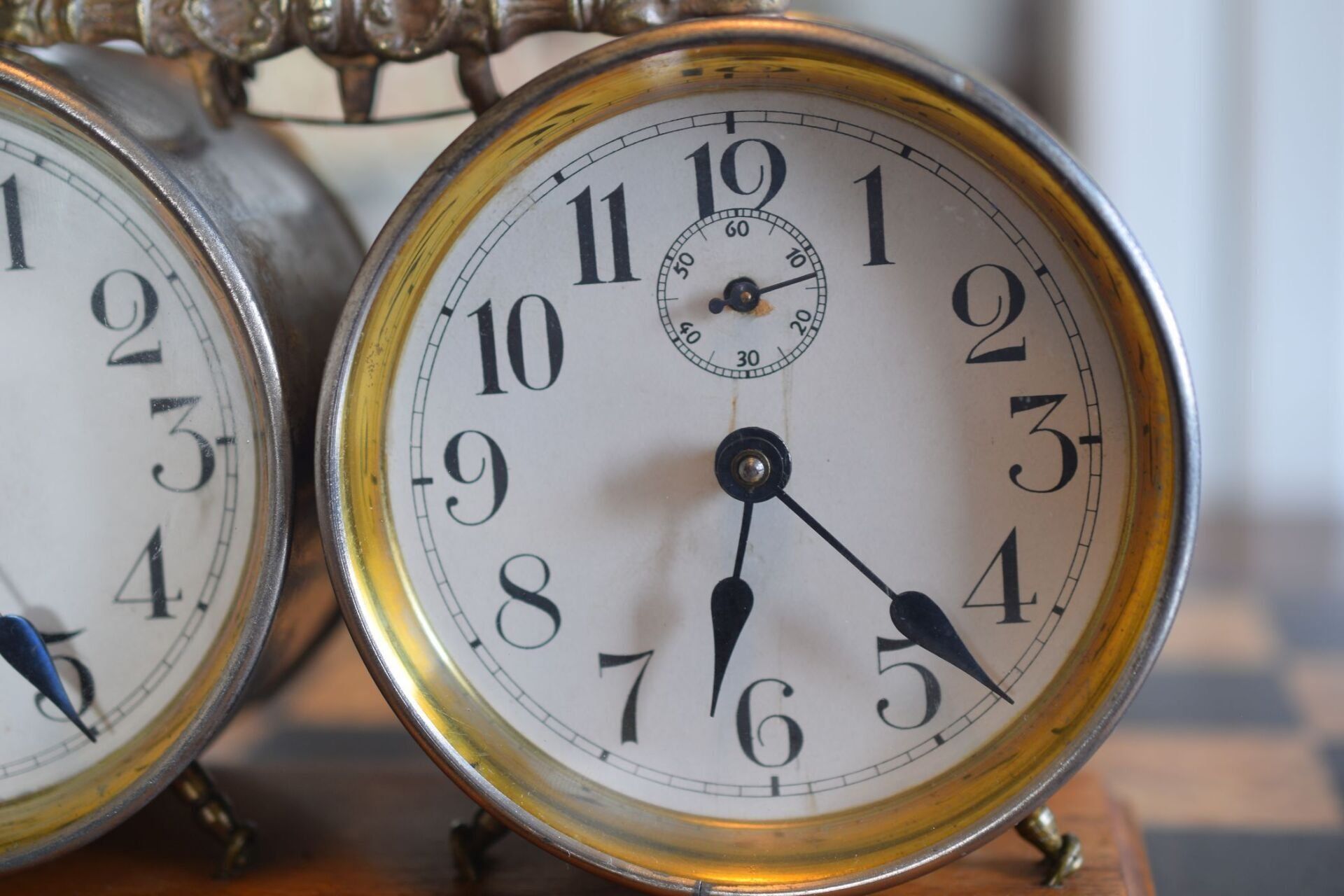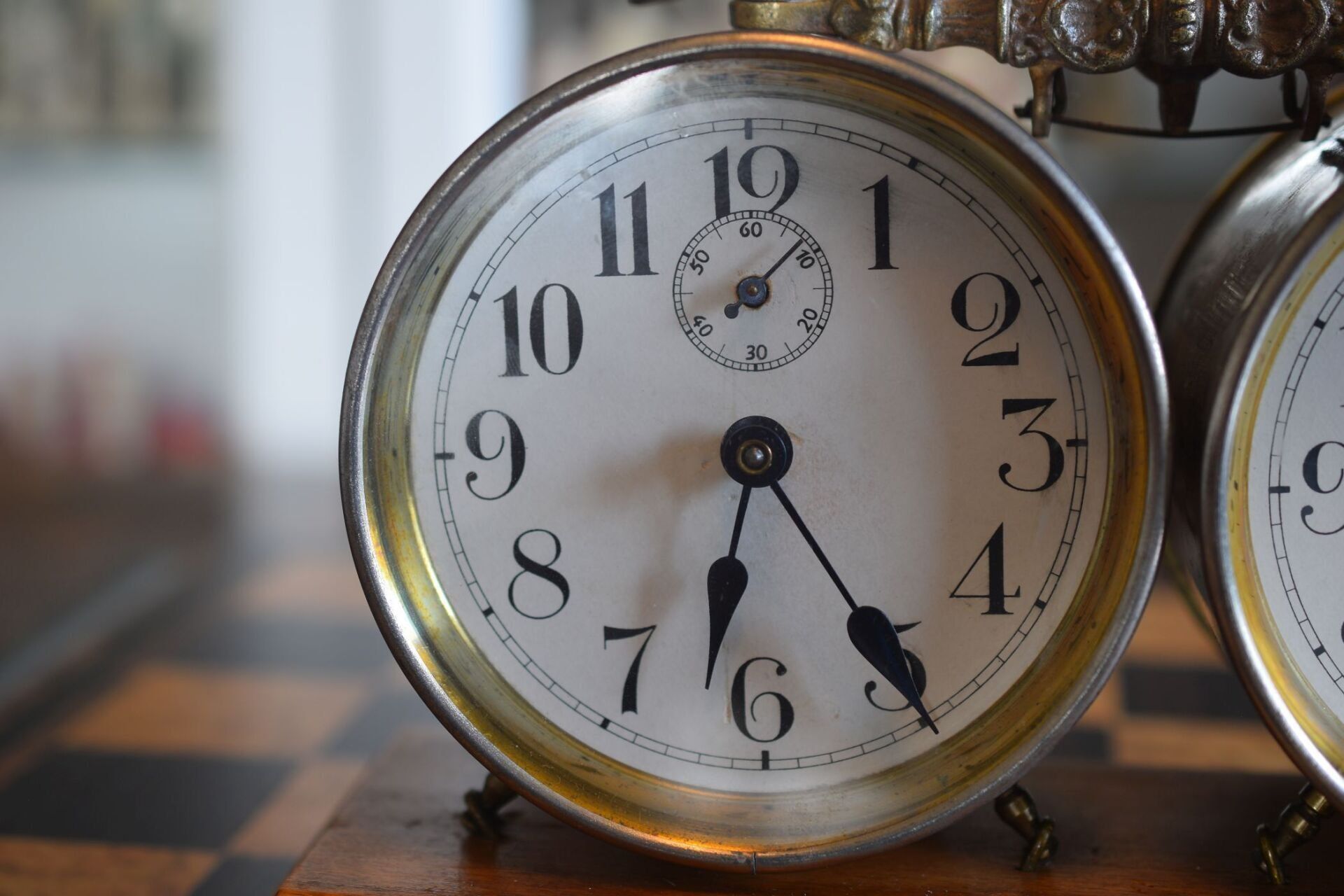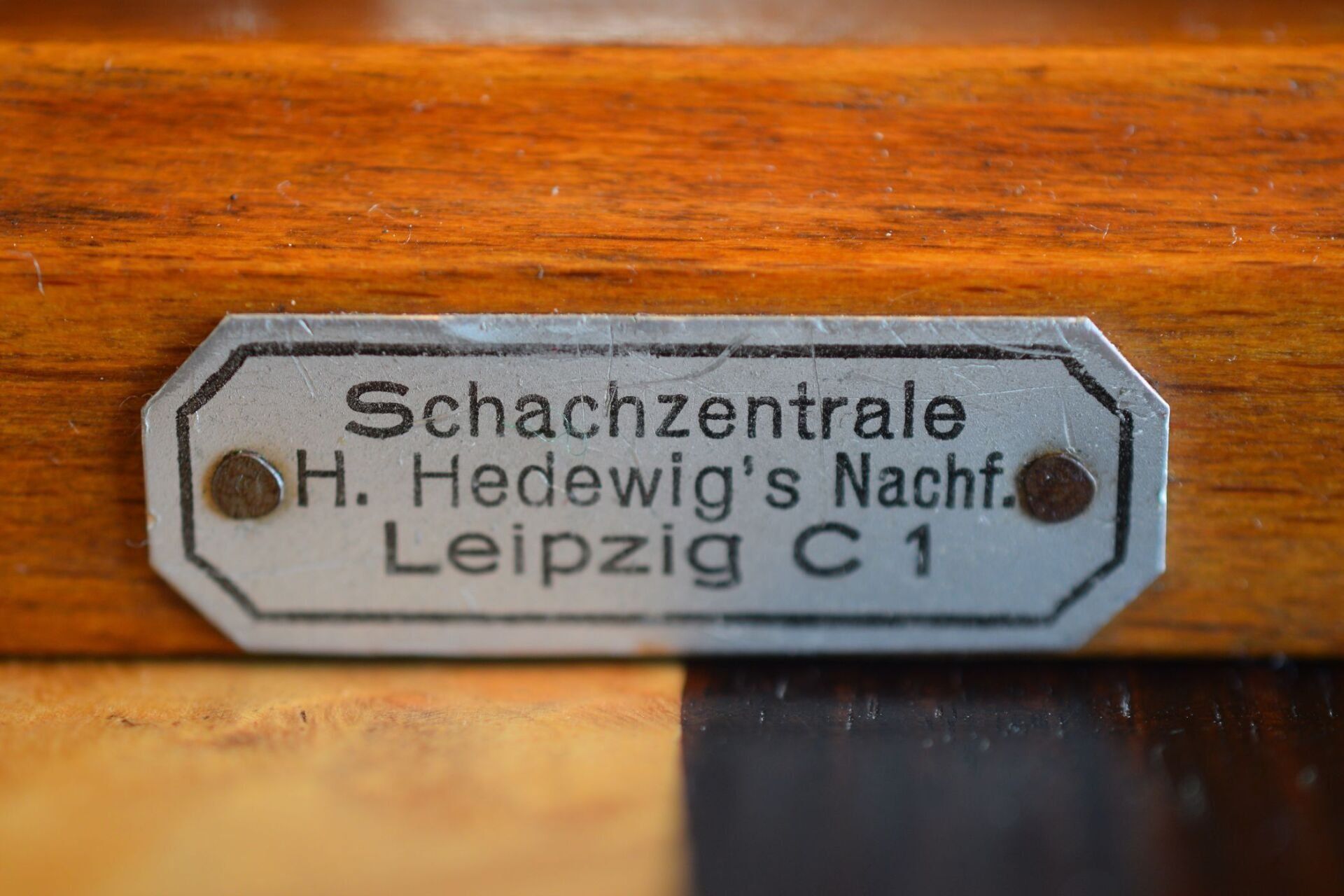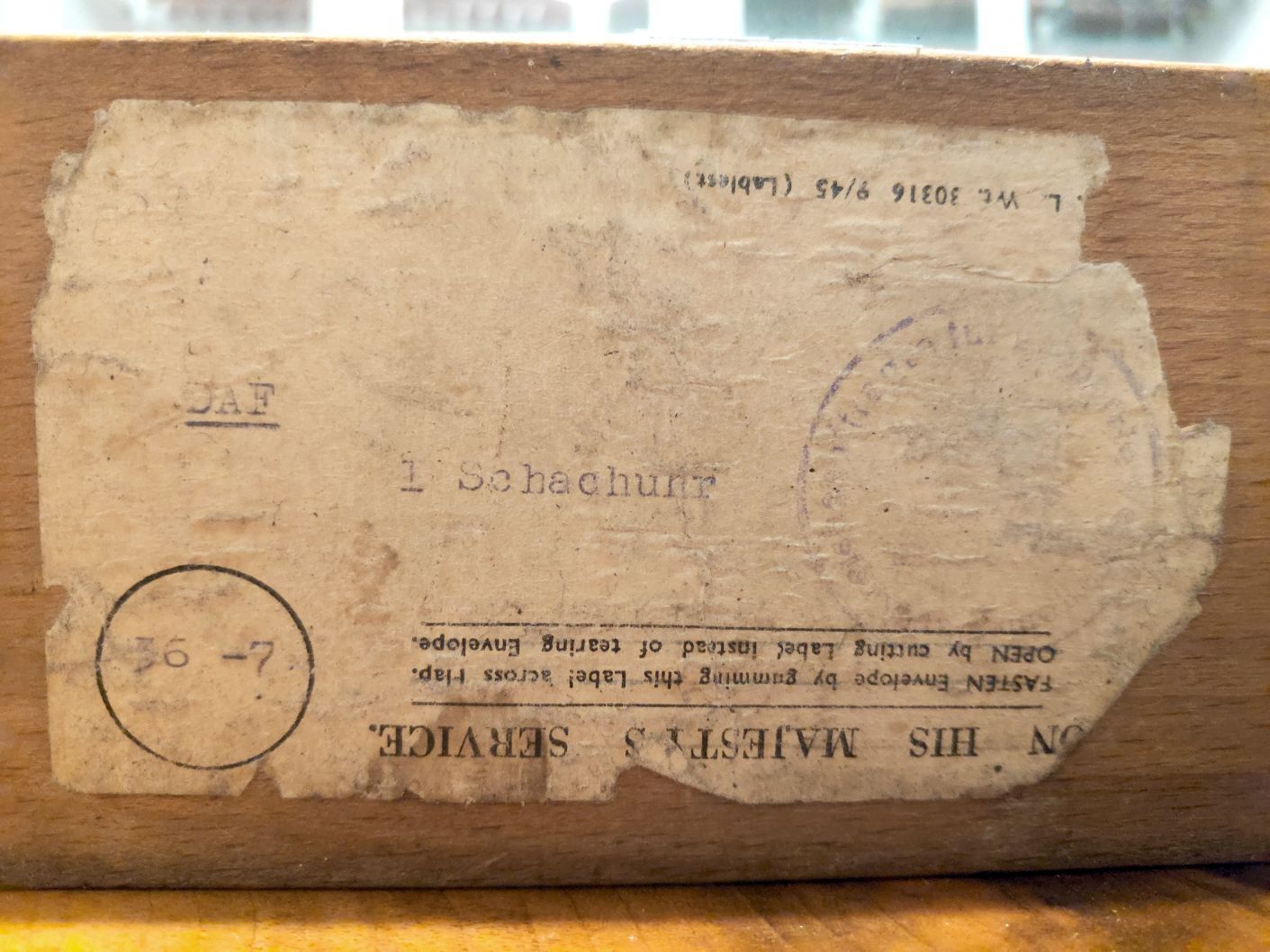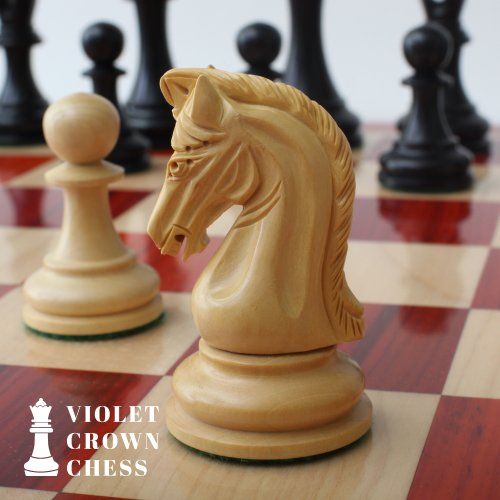Chess Clock probably by Thomas Haller, Germany, ca. 1900
An early chess clock probably made by Thomas Haller. Clocks like this are usually dated to ca. 1890/1900. This one carries a small badge indicating that it was distributed by "Schachzentrale H. Hedewig's Nachf. Leipzig C1", "Nachf." being an abbreviation for "Nachfolger", which means successor and refers to Curt Ronniger, who was operating the Schachzentrale - a Leipzig based retailer of chess books and equipment - as the successor of Hans Hedewig. According to internet sources "H. Hedewig's Nachf." or "Hans Hedewig's Nachfolger Curt Ronniger" was the official name of the company between 1900 and 1958, which suggests that the clock was made around 1900 rather than 1890, but this is not certain. Curt Ronniger was already operating the business in the late 19th century. He was also the official provider of chess equipment to the German Chess Association and was one of the few who distributed the famous "Bundesform" sets (an example of which with a similar badge can be seen here).
On the underside of the base are the remains of a label or a stamped envelope with imprints partly in English and partly in German language. In German it reads "1 Schachuhr", which means "one chess clock". In English, the words "On His Majesty's Service" are printed, which is an official franking commonly seen on correspondence from government departments in the United Kingdom, Canada, Australia and other countries of the Commonwealth.
The clock is operated by a rocker switch made of brass or bronze, which is movably attached to a bridge, which in turn is screwed to each of the two clock cases, thus fixing the entire mechanism. On the back of the switch is a small bracket which, when folded upwards, secures the rocker switch and, when folded downwards, allows the switch to move freely. Small metal springs are attached to each end of the switch, which protrude into the watch case and, when the switch is pressed, set the balance of one movement in motion while stopping the balance of the other movement.
Only little information about Thomas Haller is available on the internet. According to these sources, he took over the business of his father Georg, which he had already run before, around 1880. At that time, they mainly made Black Forest clocks with wooden plates. Haller changed this method of construction to metal plates. Around 1893, they opened their own factory in Deisslingen to build clock cases. The company exported quite a lot, especially to Belgium, Holland and the USA. Haller achieved its breakthrough from 1895 onwards with the development of pocket watches, a product that its competitors, especially Junghans, which was already disproportionately larger at the time, did not have in their range. When clock prices fell towards the end of the 19th century, there were talks between the local producers Junghans, Haller, Kienzle and Mauthe about a merger, but they ended without results. Only a smaller merger between Junghans and Haller was decided on, but Haller later called it off again, as he was concerned that Junghans only wanted to seize pocket watch technology. Regardless of this, this clock was probably made during this time of the merger (or shortly before), because comparable clocks can also be found with Junghans clocks.


